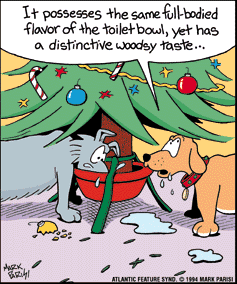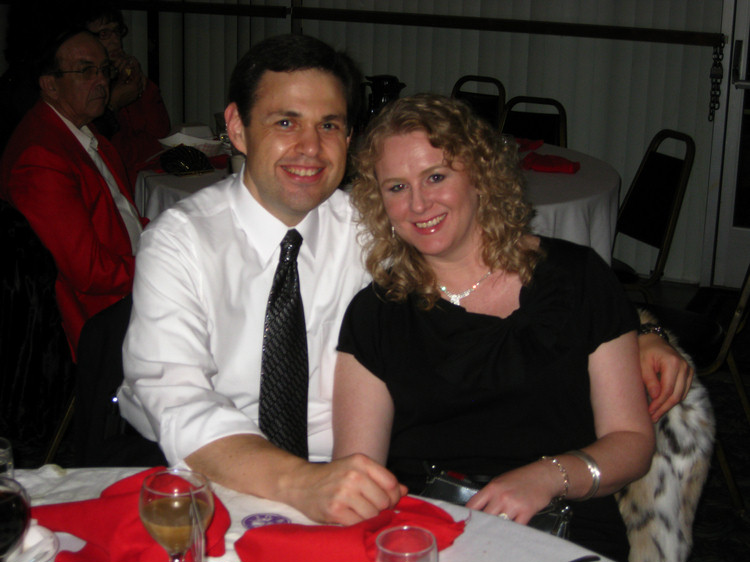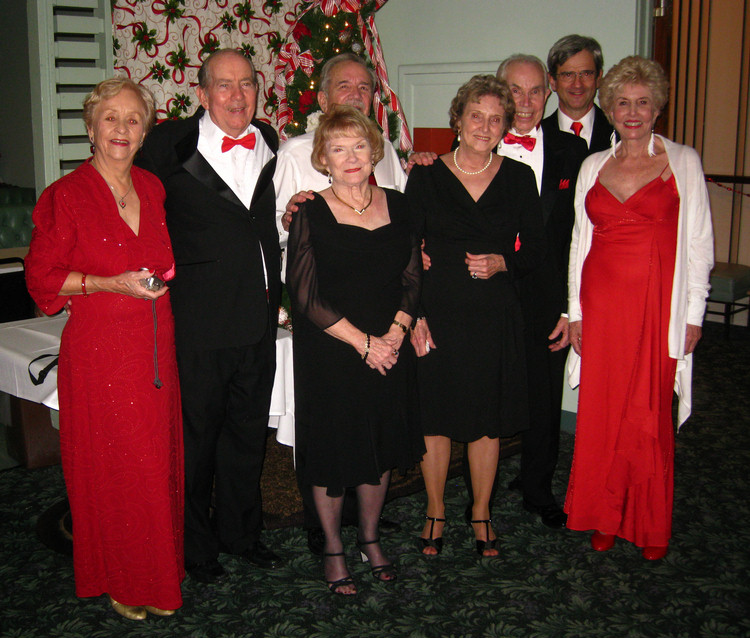Santa Ana Elks Christmas Ball 2009
It's that time of year... Good friends, parties, food, and wine!
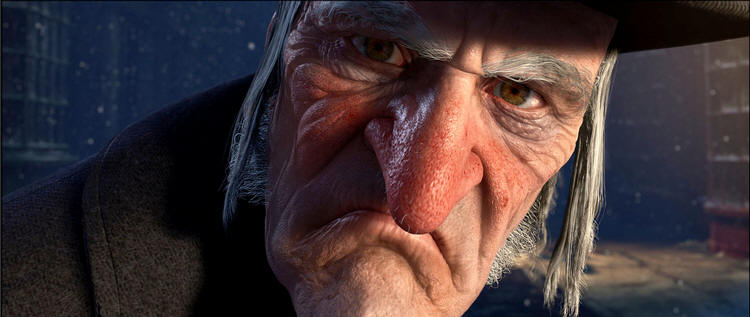
No Scrooge's allowed this evening!
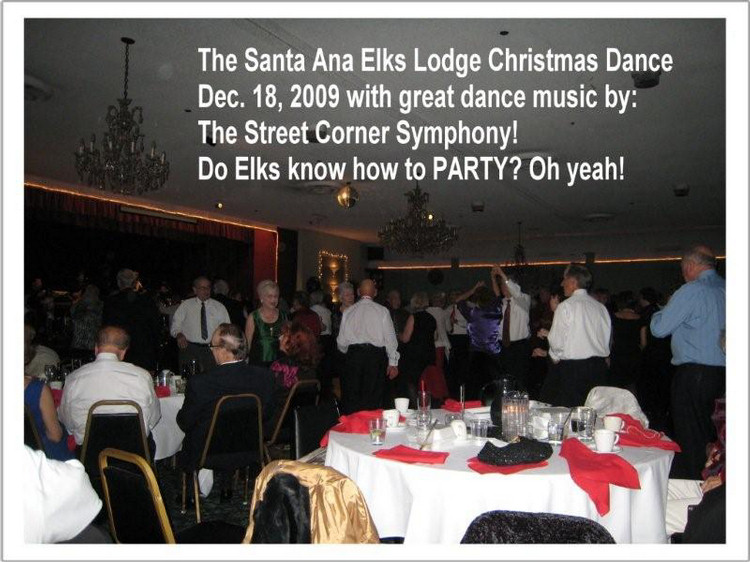

Vicky and Del looking good!

Tessie and Roger
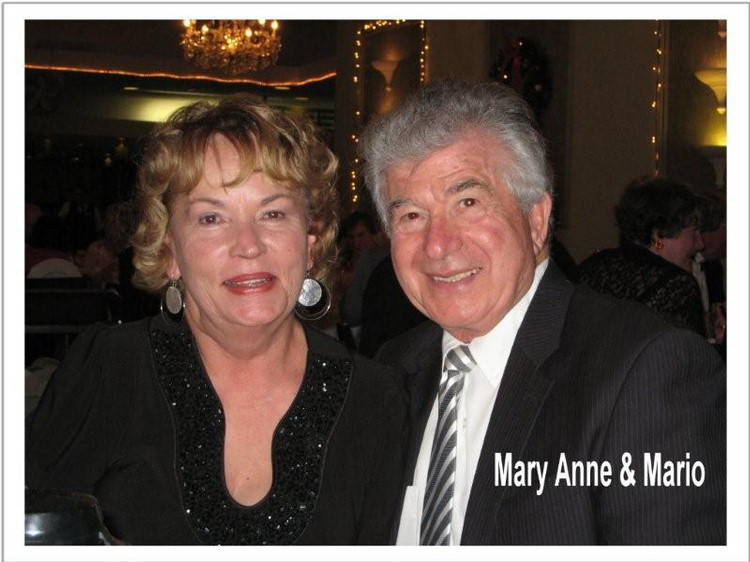
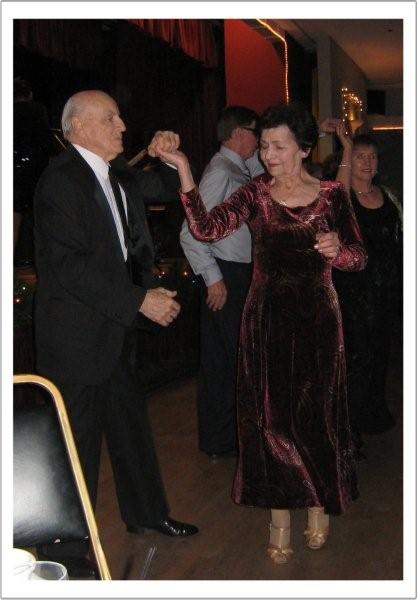
Jim and Jan warming up the floor
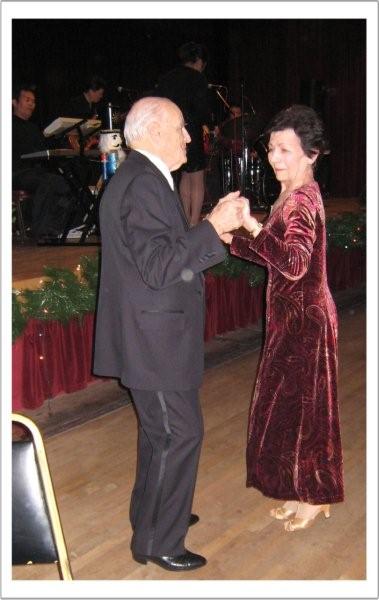
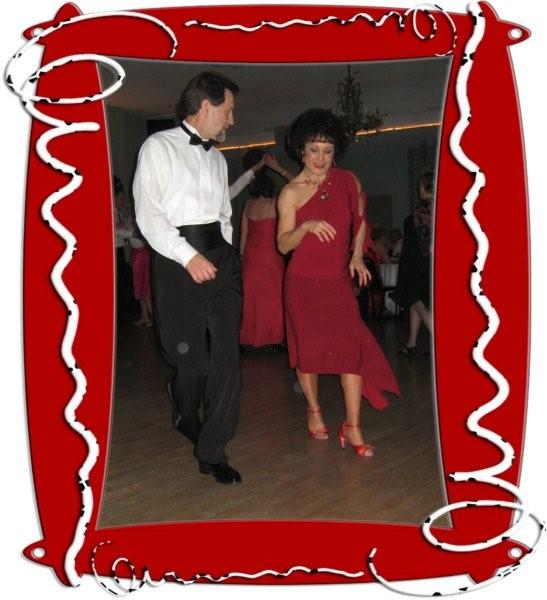
Go Donna go... Keep up Bob!
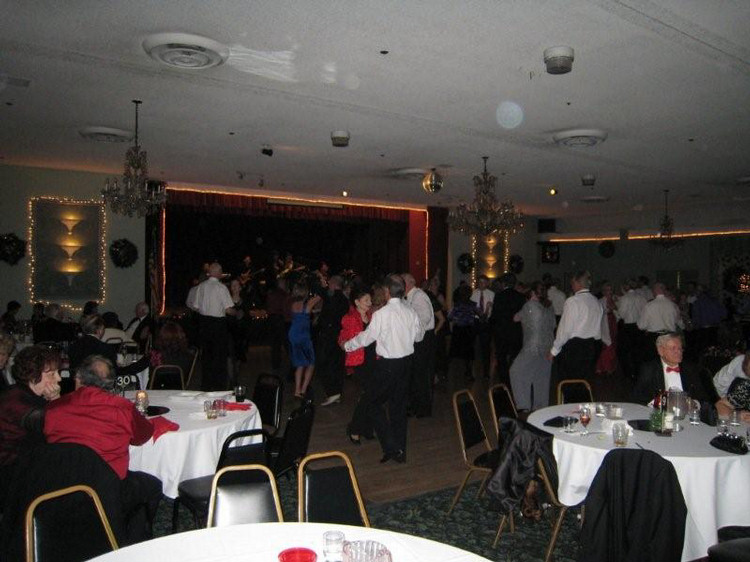
Everybody was moving!
Did you know? - A disco ball, mirror ball, glitter ball, or ball mirror is a roughly spherical object that reflects light directed at it in many directions, producing a complex display. Its surface consists of hundreds or thousands of facets, nearly all of approximately the same shape and size, and each having a mirrored surface. Usually it is mounted well above the heads of the people present, suspended from a device that causes it to rotate steadily on a vertical axis, and illuminated by spotlights, so that stationary viewers experience beams of light flashing over them, and see myriad spots of light spinning around the walls of the room.
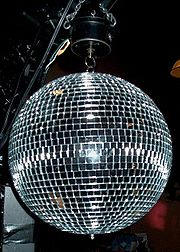 What are now called "disco balls" were first used in nightclubs in the 1920s.
They were already in existence and use before then, appearing in a description
of a ballroom dance in 1897 in Boston. An early example can be seen in the nightclub sequence of Berlin: Die Sinfonie der Großstadt, a German silent film from 1927. In the 1970s, these devices were a standard accompaniment to disco music, and by the end of the 20th century, the name "disco ball" had largely eclipsed the earlier names that had been applied to the object
What are now called "disco balls" were first used in nightclubs in the 1920s.
They were already in existence and use before then, appearing in a description
of a ballroom dance in 1897 in Boston. An early example can be seen in the nightclub sequence of Berlin: Die Sinfonie der Großstadt, a German silent film from 1927. In the 1970s, these devices were a standard accompaniment to disco music, and by the end of the 20th century, the name "disco ball" had largely eclipsed the earlier names that had been applied to the object
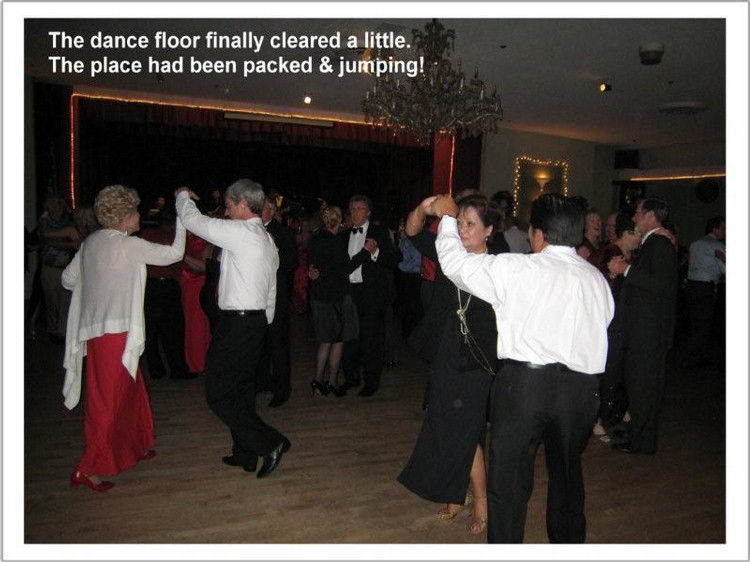
Tessie and Roger a great dancers
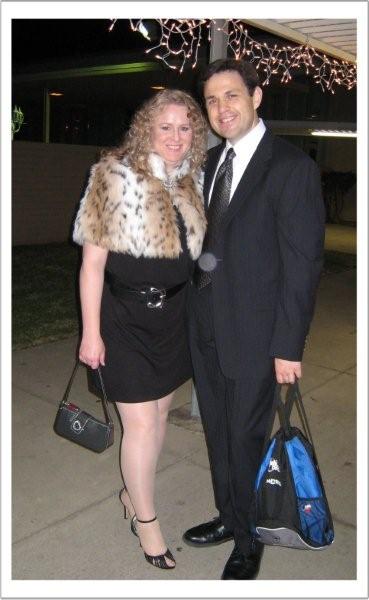

All smiles
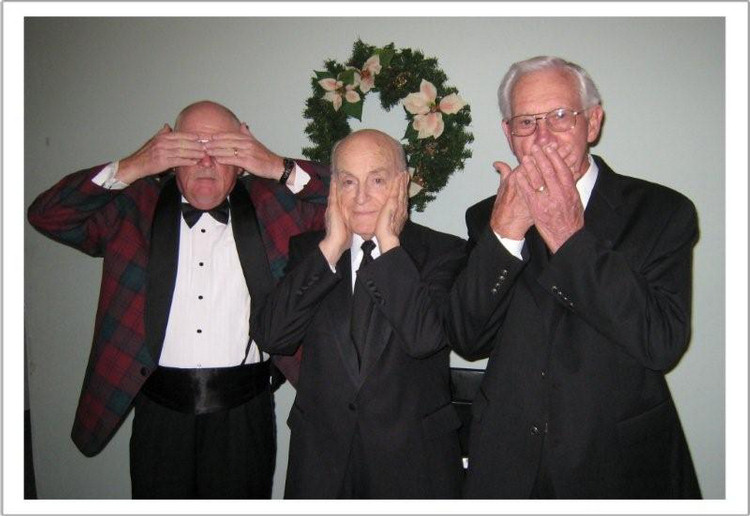
Yep! Three Monkeys
Did you know? - The three wise monkeys (Japanese: 三猿, san'en or sanzaru, or 三匹の猿, sanbiki no saru, literally "three monkeys") are a pictorial maxim. Together they embody the proverbial principle to "see no evil, hear no evil, speak no evil". The three monkeys are Mizaru, covering his eyes, who sees no evil; Kikazaru, covering his ears, who hears no evil; and Iwazaru, covering his mouth, who speaks no evil. Sometimes there is a fourth monkey depicted with the three others; the last one, Shizaru, symbolizes the principle of "do no evil". He may be shown covering his abdomen or genital area, or crossing his arms.
There are various meanings ascribed to the monkeys and the proverb including associations with being of good mind, speech and action. In the western world the phrase is often used to refer to those who deal with impropriety by looking the other way, refusing to acknowledge it, or feigning ignorance

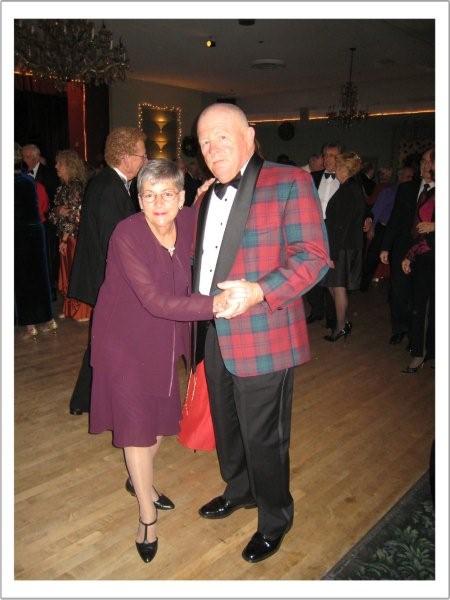
Neighbors and great friends!
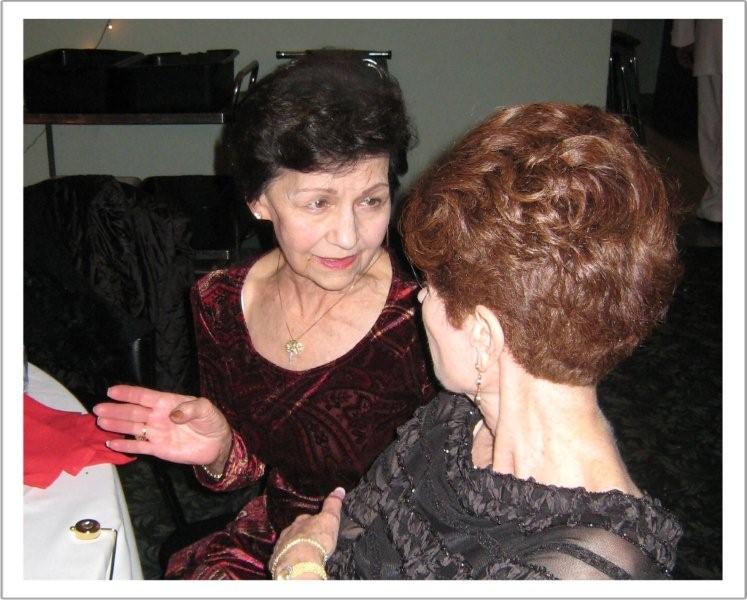
Story time

Two fisted drinker OR is this a blush (Rose) kit?
Did you know? - In the early 1970s, demand for white wine exceeded the availability of white wine grapes, so many California producers made "white" wine from red grapes, in a form of saignée production with minimal skin contact, the "whiter" the better. In 1975 Sutter Home's "White Zinfandel" wine experienced a stuck fermentation, a problem in which the yeast dies off before all the sugar is turned to alcohol. Winemaker Bob Trinchero put it aside for two weeks, then upon tasting it he decided to sell this pinker, sweeter wine.
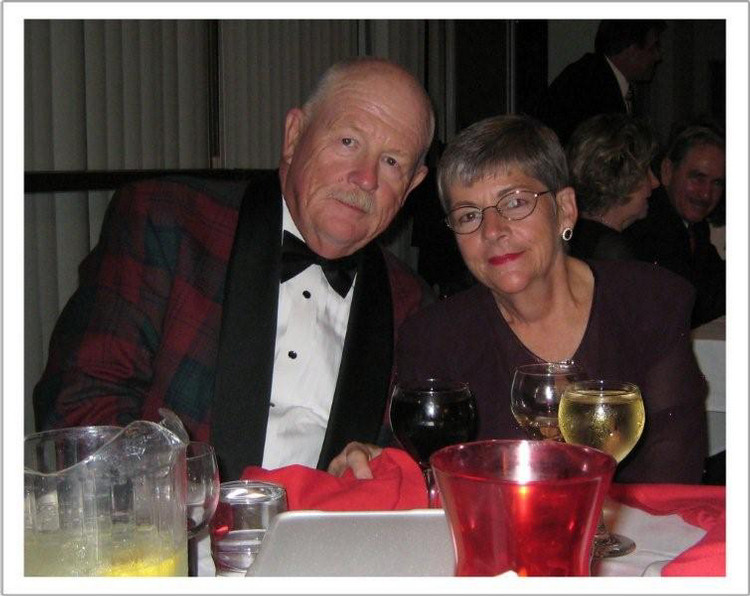
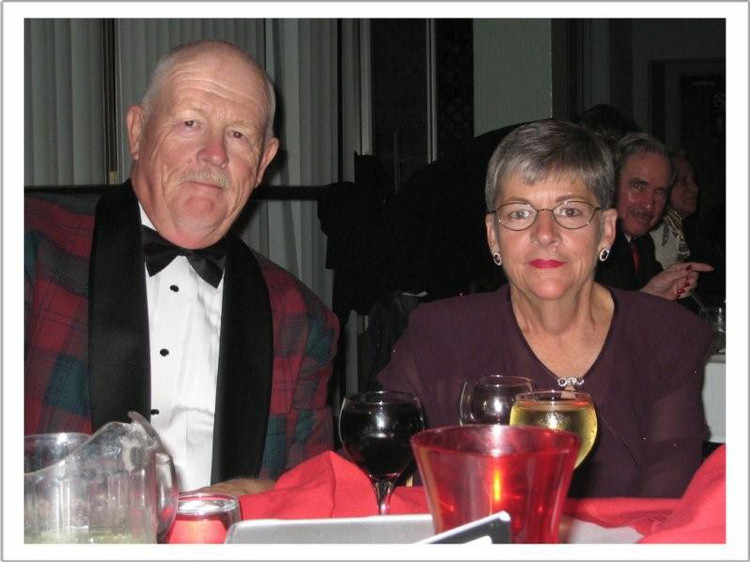

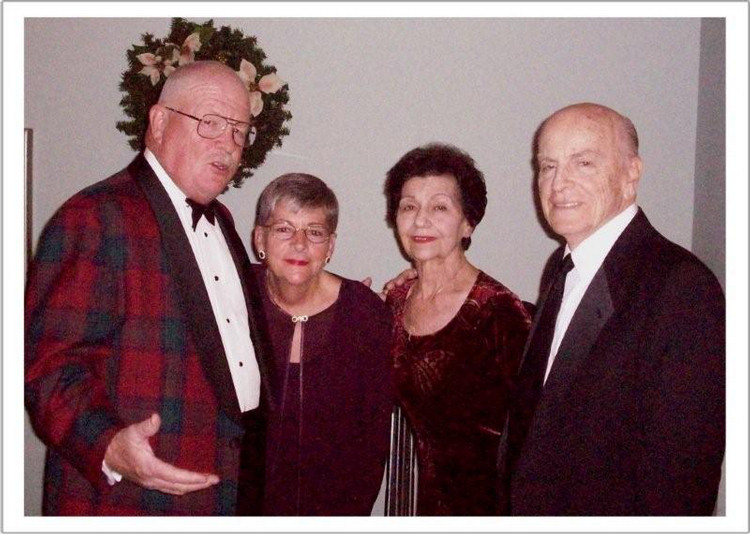
Catch the halo???
Did you know? - A halo (Greek: ἅλως; also known as a nimbus, aureole, glory, or gloriole) is a ring of light that surrounds a person in art. They have been used in the iconography of many religions to indicate holy or sacred figures, and have at various periods also been used in images of rulers or heroes. In, among other religions, Hellenistic Greek, Roman, Buddhist and Christian sacred art, sacred persons may be depicted with a halo in the form of a golden, yellow or white circular glow around the head, or around the whole body, this last often called a mandorla.
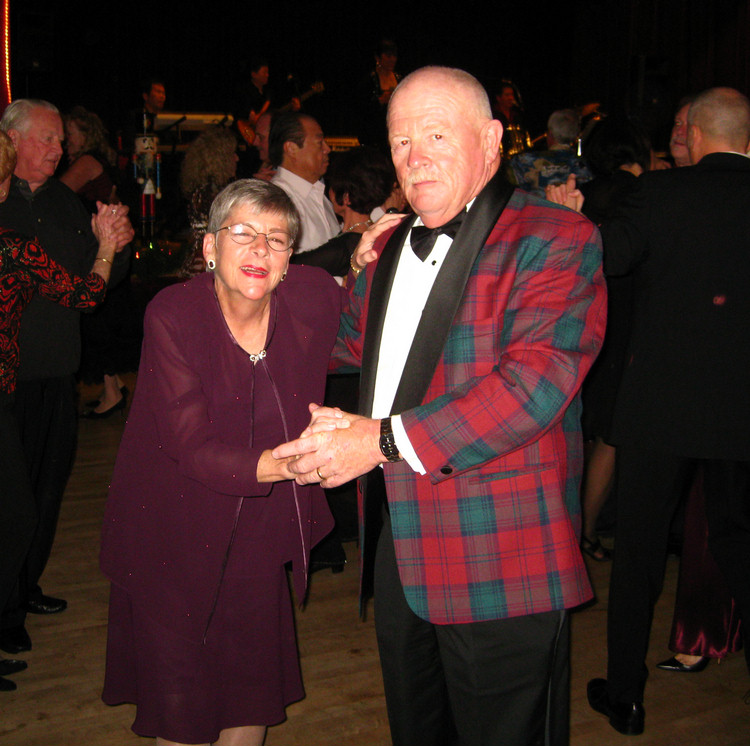
Paul has got her tickeled about something!
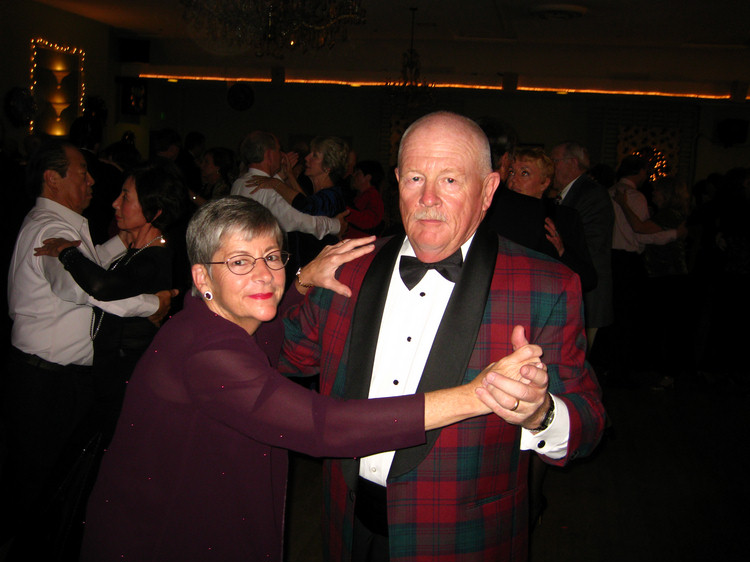
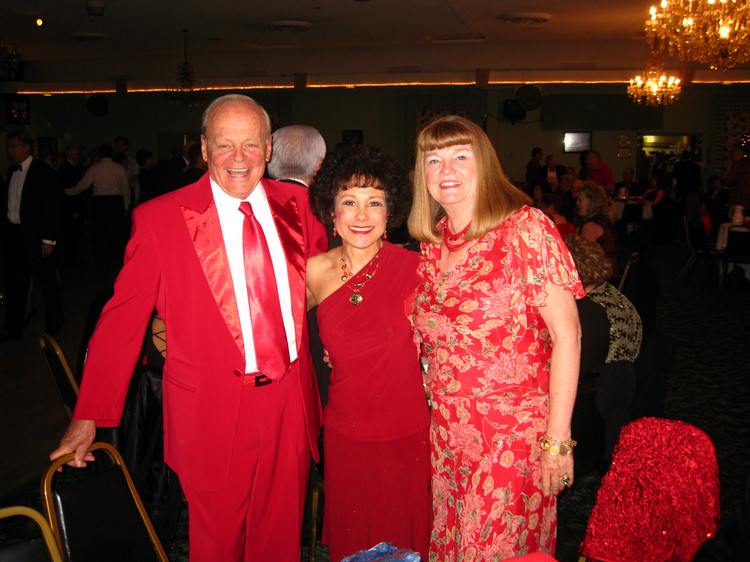
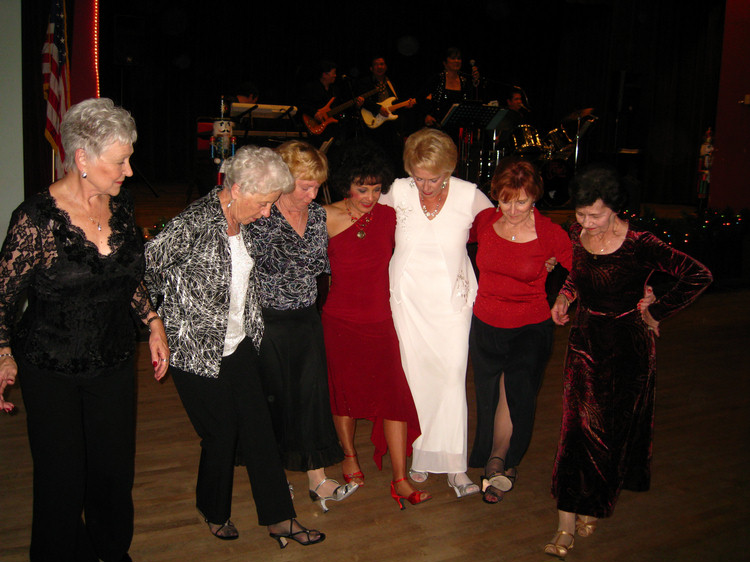
Jan does a little instruction
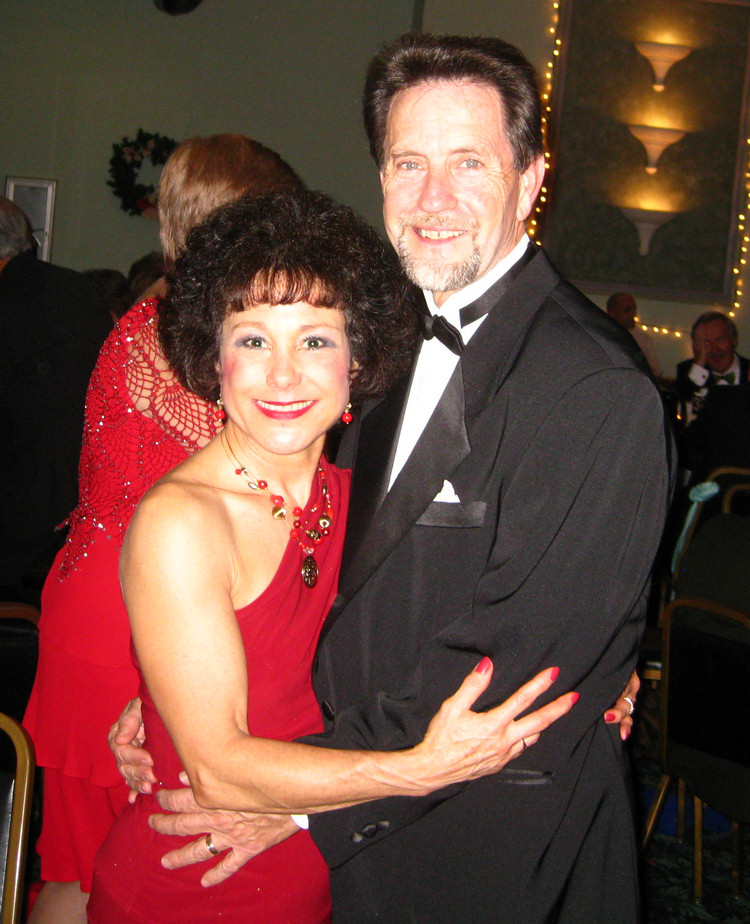
Did you know? - Many bird populations migrate long distances along a flyway. The most common pattern involves flying north in the spring to breed in the temperate or Arctic summer and returning in the fall to wintering grounds in warmer regions to the south.
The primary advantage of migration is conservation of energy. The longer days of the northern summer provide greater opportunities for breeding birds to feed their young. The extended daylight hours allow diurnal birds to produce larger clutches than those of related non-migratory species that remain in the tropics year round. As the days shorten in autumn, the birds return to warmer regions where the available food supply varies little with the season.
These advantages offset the high stress, physical exertion costs, and other risks of the migration.

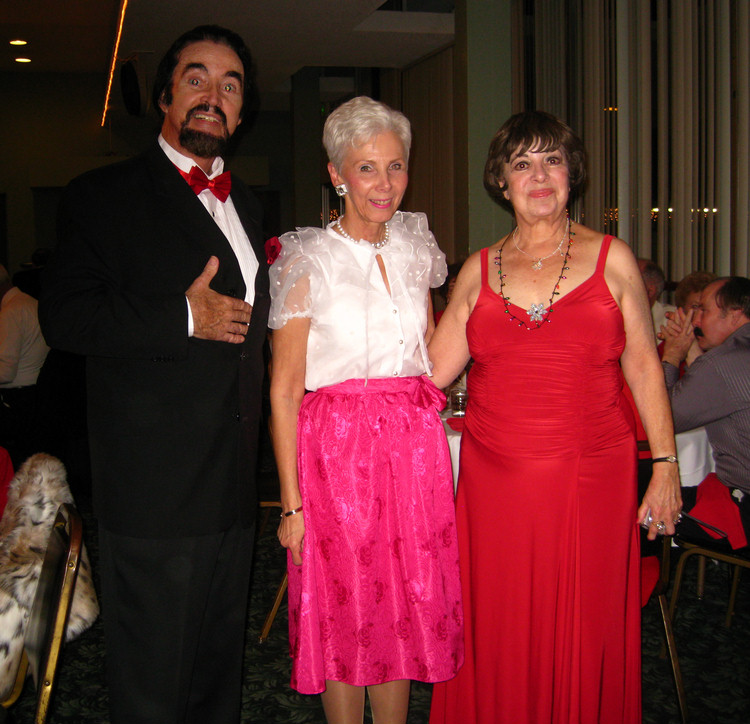
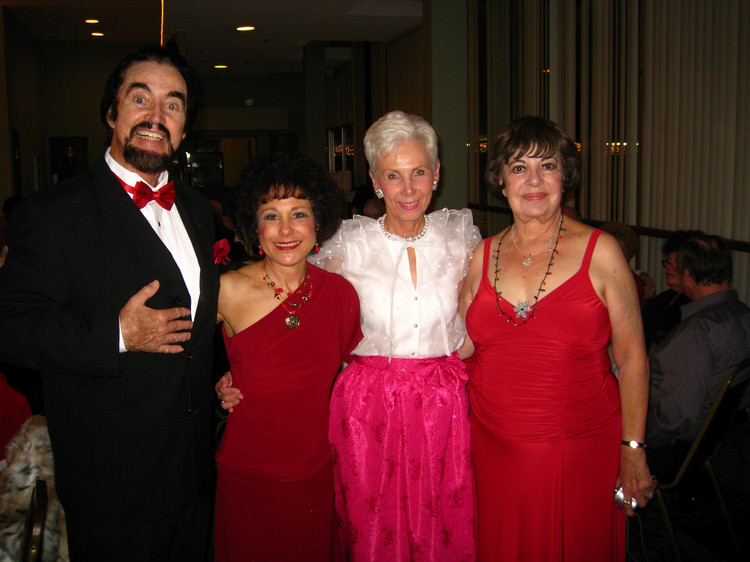
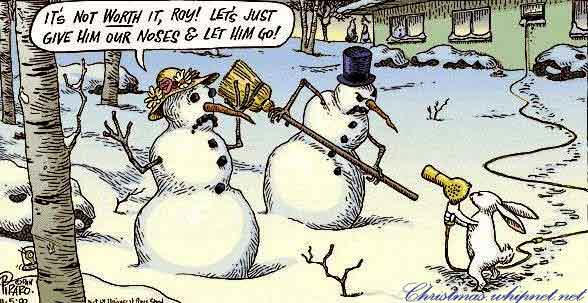
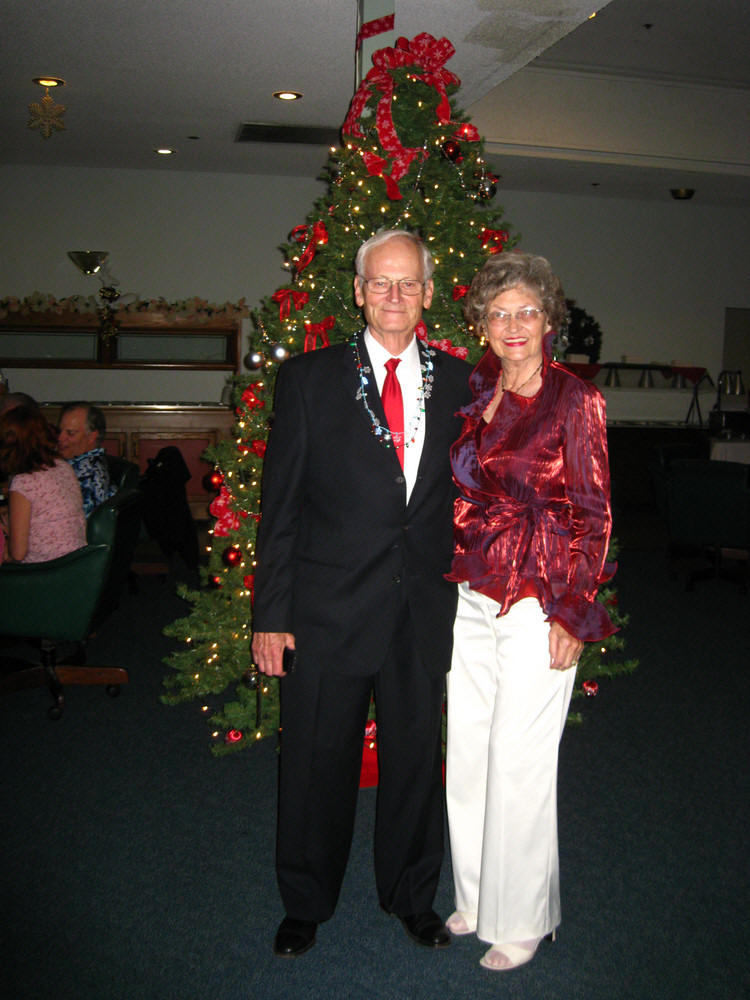
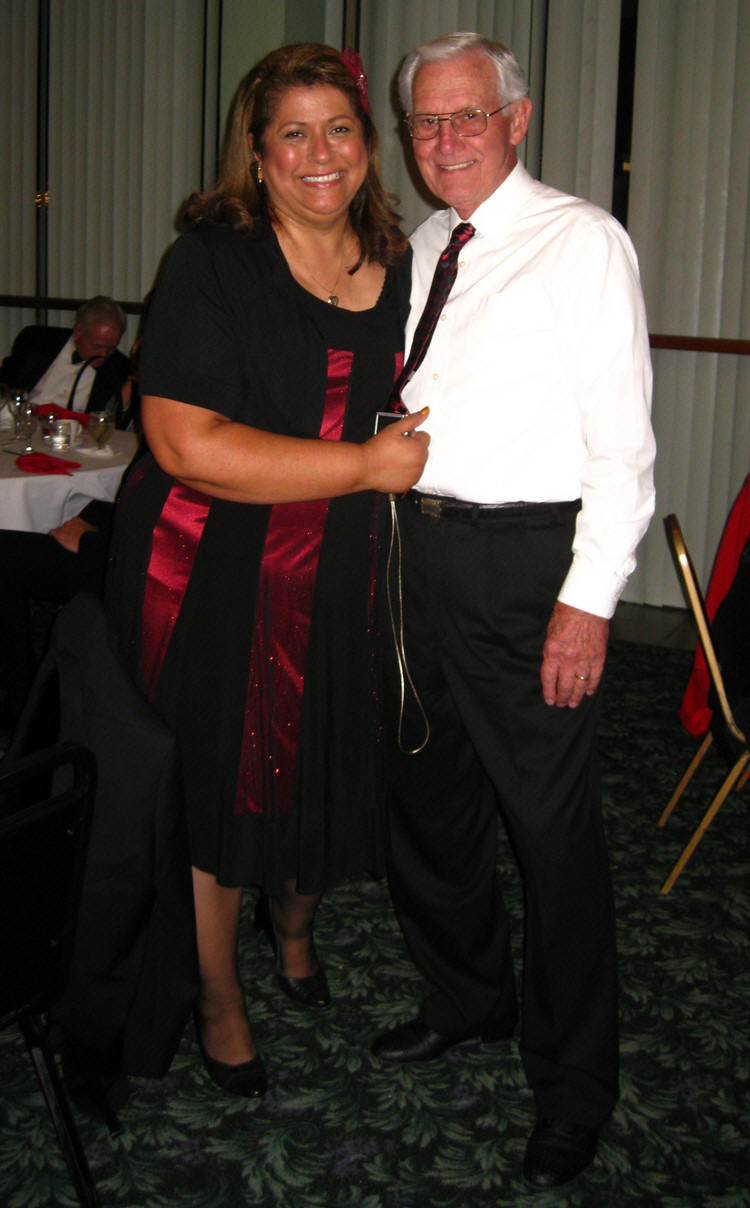
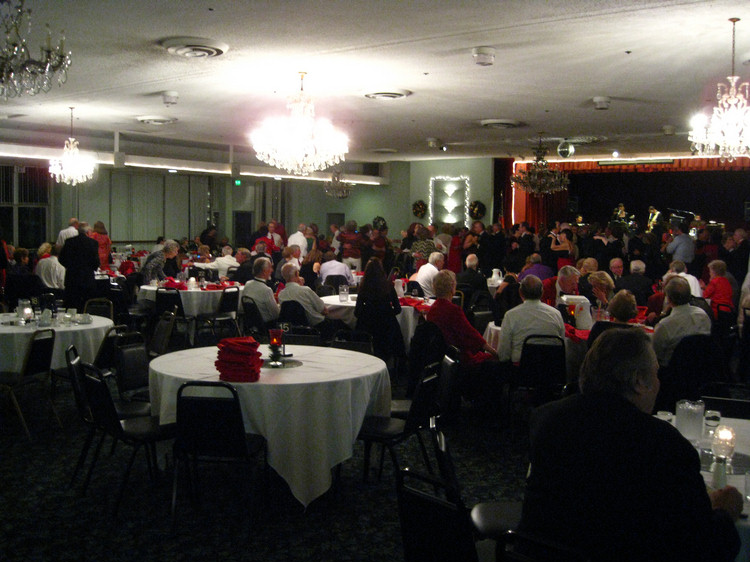
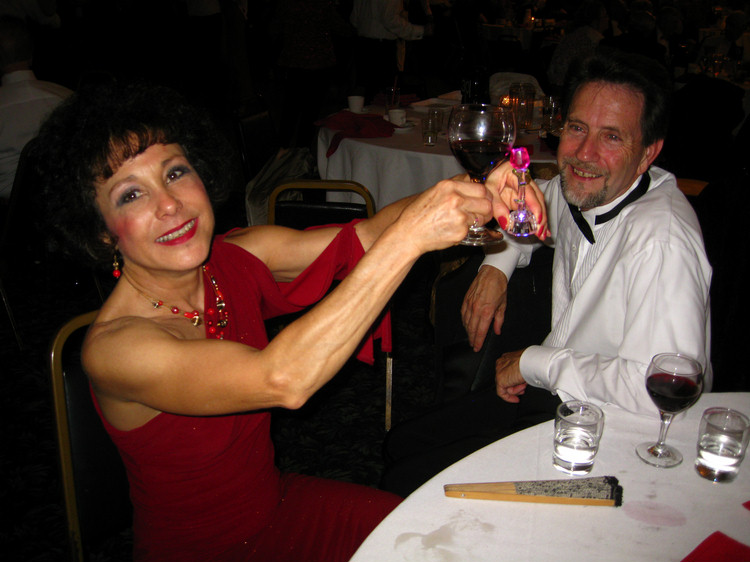
Did you know? - Wine tasting (often, in wine circles, simply tasting) is the sensory examination and evaluation of wine. While the practice of wine tasting is as ancient as its production, a more formalized methodology has slowly become established from the 14th century onwards. Modern, professional wine tasters (such as sommeliers or buyers for retailers) use a constantly-evolving formal terminology which is used to describe the range of perceived flavors, aromas and general characteristics of a wine.
More informal, recreational tasting may use similar terminology, usually involving a much less analytical process for a more general, personal appreciation.
